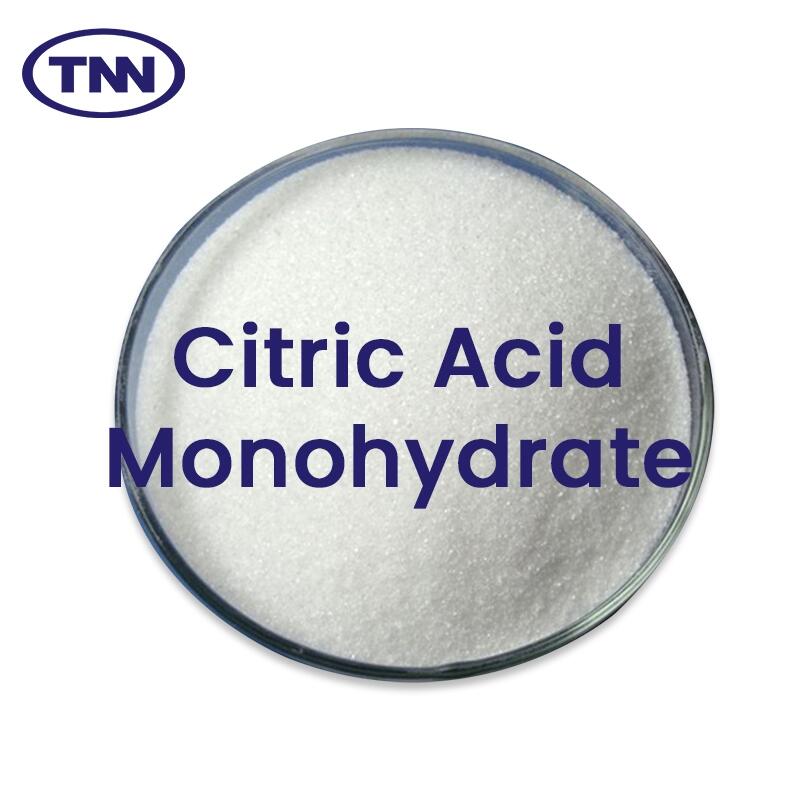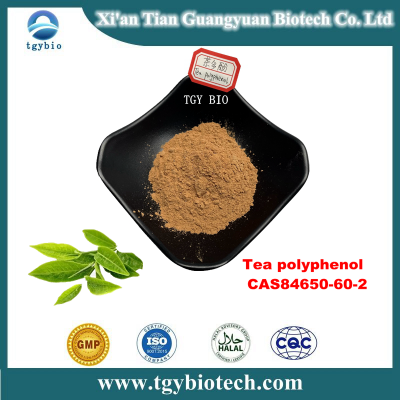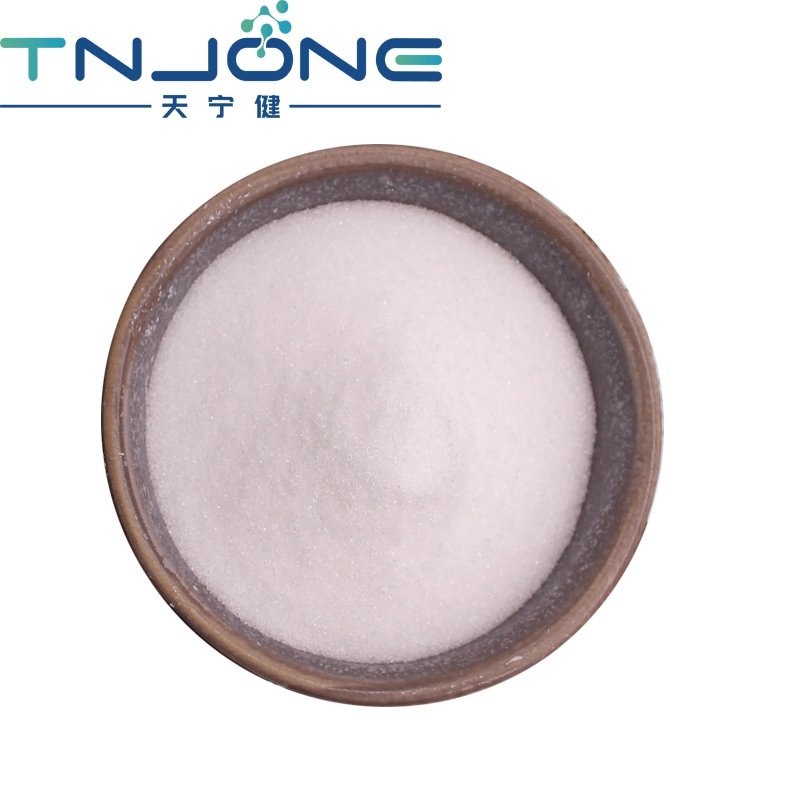-
Categories
-
Pharmaceutical Intermediates
-
Active Pharmaceutical Ingredients
-
Food Additives
- Industrial Coatings
- Agrochemicals
- Dyes and Pigments
- Surfactant
- Flavors and Fragrances
- Chemical Reagents
- Catalyst and Auxiliary
- Natural Products
- Inorganic Chemistry
-
Organic Chemistry
-
Biochemical Engineering
- Analytical Chemistry
-
Cosmetic Ingredient
- Water Treatment Chemical
-
Pharmaceutical Intermediates
Promotion
ECHEMI Mall
Wholesale
Weekly Price
Exhibition
News
-
Trade Service
In recent years, the growth trend of the colorant market has been more or less influenced by the global economic environment. The Asia-Pacific region is currently the world's largest market for colorants, according to the latest data. This is largely due to the rapid rise of some of the region's emerging developing countries, such as China and India. In addition, the global colorant market trend is also affected by consumption levels, consumer preferences and people's lifestyle and many other factors.colorants mainly include dye additives and pigment additives. Among them, the growth of dye market demand mainly depends on the textile industry. As the largest consumer area of dye additives, the textile industry controls most of the market share of dye products., China and India are global leaders in the production of dye consumer goods and manufactured goods. In recent years, the dye market has seen two major trends: First, the global dye production base gradually from developed countries in Europe and the United States to Chinese mainland, Taiwan and India and other places. Second, environmentally friendly dye products are more sought after by the market. At the same time, the healthy development of the dye market is also facing some challenges, such as global overcapacity, more stringent environmental regulations and so on.as another important branch of colorants, pigments control a larger market share. It is
that during the period 2013-2018
, its market demand will grow at a compound annual growth rate of
4%
2013-2018. Market participants said that titanium dioxide is currently the pigment market in the largest demand for additive products. The outlook for the global titanium dioxide market will be promising in the coming years as demand for the additive from the BRIC
Brazil, Russia, India, China
) and other emerging countries continues to strengthen.According to rough statistics, China's edible colorant production of about
28,000
tons, of which the annual output of chemical synthetic colorants is about
3000
tons, the annual output of natural pigment is about
25,000
tons; However, although China's edible colorants in terms of variety or output, output value has entered the ranks of the world's major countries, but there are still many urgent problems to be solved, such as product standards lag, the comprehensive competitiveness of enterprises is not strong, colorant industry to achieve a qualitative leap still has a long way to go., North America, Europe and Asia Pacific are the three largest colorant markets in the world in terms of demand and sales performance. The United States, China, India, Germany, the United Kingdom is the world's five colorant consumption and production countries.China's food colorant industry development overview 1
, industry definition and major product classification food colorants, also known as food coloring, is to make food coloring, thereby improving food tone and color of food additives. According to the source, can be divided into edible synthetic coloring and edible natural coloring two categories.food synthetic pigment mainly refers to the organic pigment made by artificial chemical synthesis method. At present, almost all synthetic pigments allowed in the world are water-soluble pigments. China's licensed food synthetic pigments are leek red, sebum red, seduction red, lemon yellow, sunset yellow, bright blue, indigo and their respective aluminum color, as well as acidic red,
β-
carotene, chlorocerin copper sodium and titanium dioxide a total of
22
species.natural colors from natural products, and most of them are edible resources, using certain processing methods obtained by organic colorants. There are
66
kinds of edible natural colors approved for use in China, which are mainly extracted from plant tissues and also include some pigments from animals and microorganisms, but their pigment content and stability are generally inferior to synthetics.2
, China's food colorant industry status quo after more than
20,
years of development, China's edible colorant production, sales and application has a certain level and scale. According to rough statistics, China's edible colorant production of about
28,000
tons, of which the annual output of chemical synthetic colorants is about
3000
tons, the annual output of natural pigment is about
25,000
tons;, china's edible colorants in the number of varieties has a greater increase. According to
statistics, before
, China has not yet formed a formal food colorant industry, the government approved the use of edible colorants only
14
. By
2004, a total of
61,
food colorants had been approved for use in
GB2760-1996 (
in additions
)
,
the
varieties of natural colorants consumed in 2004 was
67 times the
of
varieties
1981., on the other hand, the output value of food colorants in China has increased greatly. This year, the annual output value of edible synthetic colorants in China is expected to reach
19
billion yuan, and the output value of edible natural colorants is expected to be about
11
billion yuan. China's production of edible natural colorants mainly concentrated in caramel color, annual output of about
2
55,500 tons, annual sales of about
65
billion yuan, followed by red currant rice, annual output of about
7,000
tons, annual sales of
about
70 million yuan.However, although China's edible colorants in terms of variety or output, output value has entered the ranks of the world's major countries, but there are still many urgent problems to be solved, such as product standards lag, the comprehensive competitiveness of enterprises is not strong, the colorant industry to achieve a qualitative leap still has a long way to go.the problems faced by China's food colorant industry planning for the development of the industry needs to be strengthened. Domestic food colorant industry blindly on the horse, a coaxing phenomenon is more serious, enterprises only care about local benefits, lack of comprehensive planning and layout considerations, government departments lack effective macro-control of the industry, resulting in production far greater than demand. In order to compete, companies are caught up in a fierce price war, sometimes even selling at prices below cost. In terms of exports, the mutual price pressure between export enterprises, for the importing countries anti-dumping manufacturing handle, the development of the industry has a very negative impact.level of technology in the industry needs to be improved. China's food colorant enterprises are still mainly small and medium-sized enterprises, technical strength and management level is relatively weak, and many are low-level repeated production enterprises, the overall level of productivity is not high, product quality is not stable. At the same time, the technical investment of these enterprises is relatively limited, it is difficult to make a breakthrough in new product development. As far as the production process is, China's supercritical extraction, microcapsules, membrane separation and other high-tech just started, the current production process backward, resulting in higher product costs, poor quality.application technology and services still need to be complete. Due to the wide variety of colorants involved in food processing, the application research and product service of colorants is the key to the success of additive products. However, most domestic enterprises only production knowledge, do not have sufficient application knowledge, so in the promotion of products encountered greater difficulties, although some enterprises set up application and research and development institutions, but the technical force is thin, and often because of poor management, facing the frequent movement of personnel, resulting in the loss of technology, capital, talent and the market. china's food colorant industry has broad prospects for development the rapid growth of China's total industrial food will simultaneously drive the development of food colorants. Reform and opening-up and rising living standards have brought great development to China's food industry, especially in the past decade, China's food industry has grown at an average annual rate of
10.4%
. With the development of China's national economy and the diversification of residents' consumption, the grade and structure of food consumption will also change greatly, so the food colorant industry, which complements industrial food, will also be developed simultaneously. In addition, the competitiveness of China's export products continue to strengthen, in the export products have been more and more countries recognized, domestic and international markets for China's food colorants provide a huge space for development. international multinational companies have been generally optimistic about China's food and colorant market, and actively introduce funds to invest in China to build factories. The introduction of foreign capital not only solves the capital problem for the development of the industry, but also introduces advanced production technology and new varieties of food colorants, improves the level of industry management, and adds momentum for the further development of the industry.







